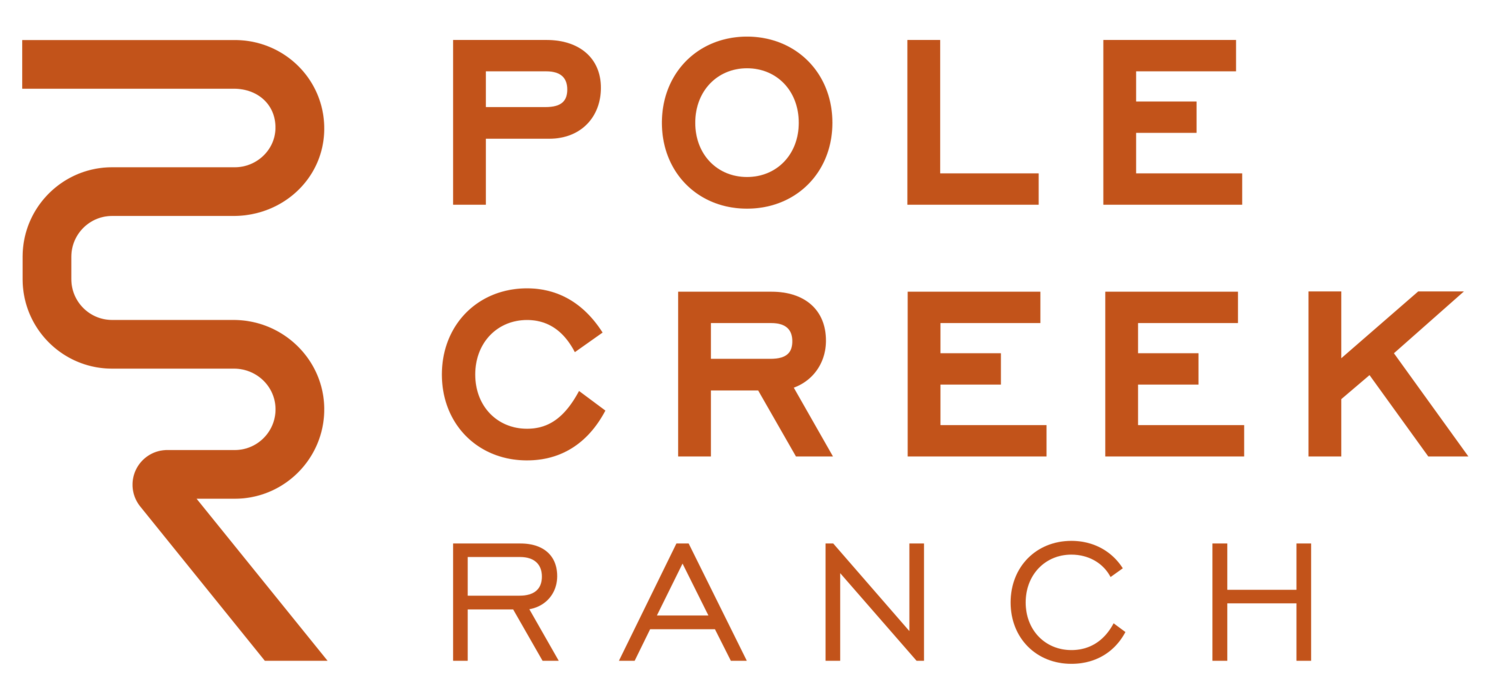The Grass(fed) Isn’t Always Greener
After several decades in the food production business I’ve learned not to tell people what or how they should eat, it’s a fraught subject to say the least. But the most common question I get from customers is whether they should buy grass-finished or grain-finished beef. And as with most things in modern life, there is no right answer, rather just various shades of grey.
First, a little terminology. “Finish” is how an animal is fattened before being processed into beef. Beef without a certain level of finish tastes gamey and tough, whether grass or grain finished. The finishing phase (in most other operations) happens after cattle leave the range or pasture where they grew up, but before they are harvested for food. Okay, now onto the fun stuff!
Grass-finished beef really shines in terms of health. The Mayo Clinic claims that grass-finished beef is significantly higher in omega-3 and -6 fatty acids and antioxidants. The trade off is that, depending on how it is raised, grass fed beef can taste gamey because of the lack of marbling (that tasty inter-muscular fat).
Grain-finished beef shines in terms of efficiency and methane emissions. We feed grain in order to get cattle fat more quickly than if they only eat grass. Even though grass-finished beef is leaner than grain-finished, we still have to get them to a certain level of fatness, or even the best chef wouldn't be able to make it taste good!
Grain finishing beef means we can shorten the time it takes to get an animal fat enough to harvest from about a year (grass finishing) to a few months (grain finishing). A year in which that animal isn't producing methane or waste is a significant reduction in environmental impact! Cattle also produce less methane when their food is more easily digested, which grains are, when compared to grass or other forages.
When we take into consideration the efficiency boost, shorter finishing time, and the lower methane emissions from more digestible feed sources, grain-finished cattle have been shown to produce between 20%-60% less methane emissions per pound of beef compared to grass-finished. That's a big deal!
In case you're thinking that grain-finished beef is an easy solution, remember that most grain-finished cattle are fattened in feedlots. Leaving aside the ethical concerns of crowding so many animals together in their own waste, feedlots are breeding grounds for disease. Most feedlot operators combat those diseases by feeding low levels of antibiotics on a daily basis. As we all know, that's a recipe for creating antibiotic resistant superbugs. Waste runoff also causes algae blooms, water poisoning, and fish kills. Not good.
So which is better? Grass- or grain-finished? I’d say that a hybrid (pasture raised but grain finished for the last few months) is the more responsible way to produce beef.
At Pole Creek Ranch we finish our cattle on a grain diet but still allow them to roam on pasture, which distributes their waste back into the environment as natural fertilizer without runoff or ecological harm. This has the added benefit of keeping our animals on our land, and with their companions, for their entire lives. Because of our extensive timber ground and our holistic pasture management system which sequesters carbon underground in our pasture’s root system, our beef is low emission too.
In a world of grey areas, our pasture raised beef is a rare instance of a humane, ecologically responsible, and incredibly tasty product. It's a win-win-win. Seriously...give it a try!
Riley Avery,
Livestock Manager, Pole Creek Ranch
Riley is the President of the Western States Red Angus Association and Livestock Manager at Pole Creek Ranch. As a 27 year veteran of the cattle industry, he is passionate about sustainable and natural beef production.


